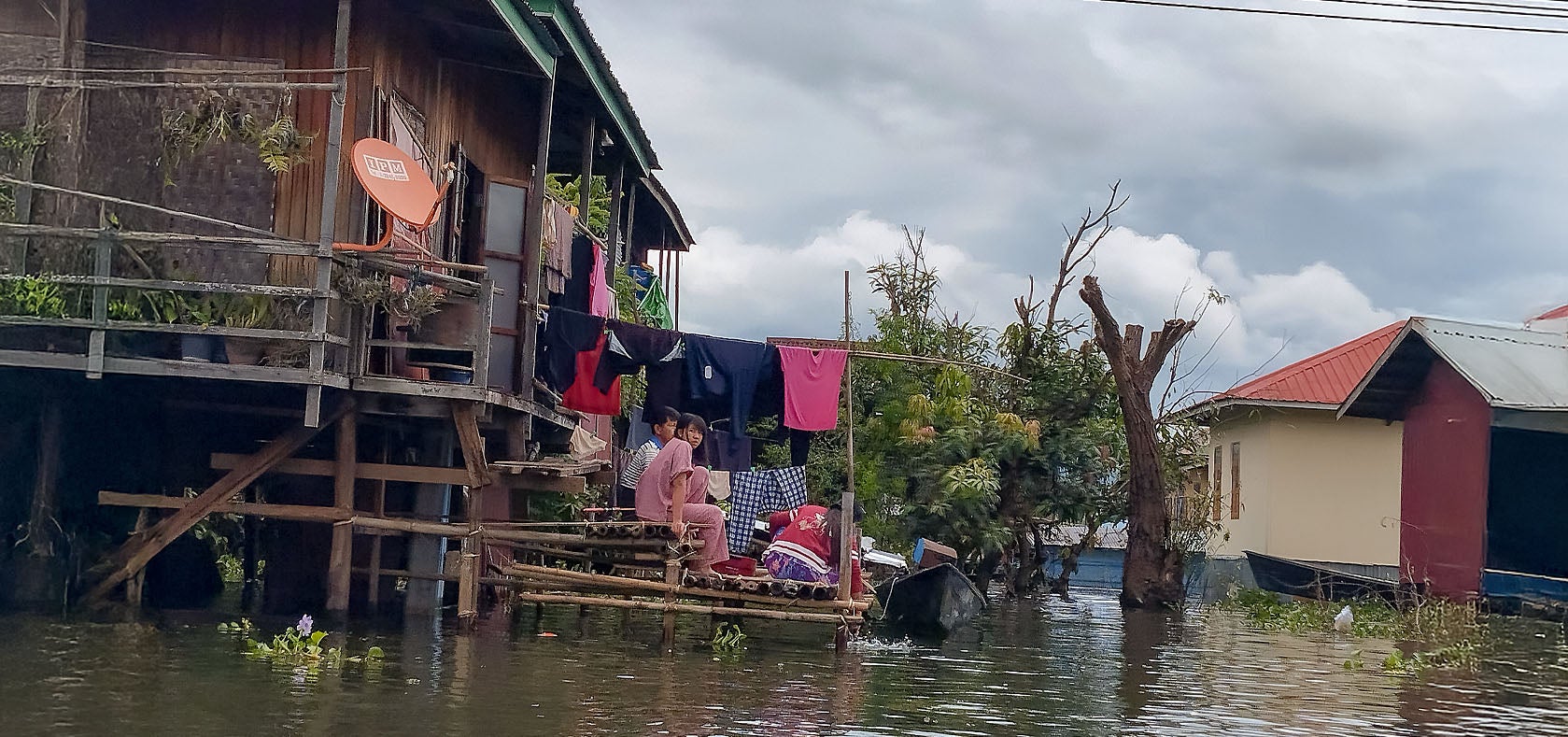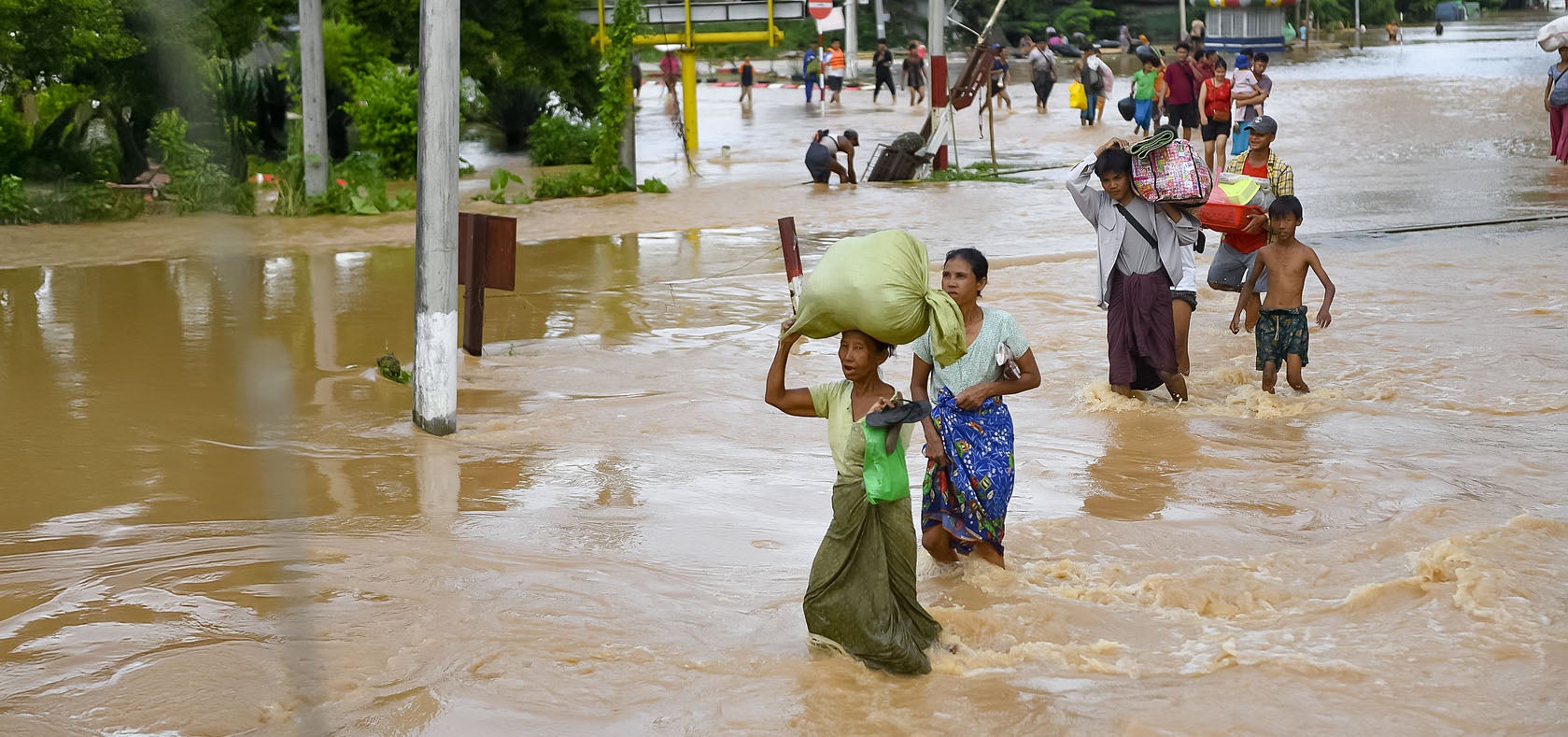The rising risk of gender-based violence
One of the most urgent concerns is the increased risk of gender-based violence. Women and girls are particularly vulnerable to early marriage, unsafe migration, and trafficking as they flee to shelters or as families resort to dangerous coping mechanisms.
Without safe spaces, including gender-segregated latrines and bathing facilities, women and girls are vulnerable to exploitation and violence in overcrowded and poorly equipped temporary shelters. The lack of privacy threatens their physical safety and denies women and girls – including those who are pregnant, lactating or menstruating – their dignity in the face of an already traumatic situation.
The social and economic upheaval caused by the disaster has also led to increased tensions within households, which organizations on the ground say is fuelling a spike in intimate partner violence.
Economic exclusion of women
With the destruction of farmlands and livestock, women working in small-scale farming and informal economies have lost their primary income sources. The floods have also amplified pre-existing gender inequalities. In the wake of the disaster, many women are taking on additional responsibilities for caring for children, the elderly, and other dependents, further limiting their ability to engage in income-generating activities or recovery efforts. This cycle of economic exclusion and increased care responsibilities leaves women even more vulnerable to poverty and exploitation.




